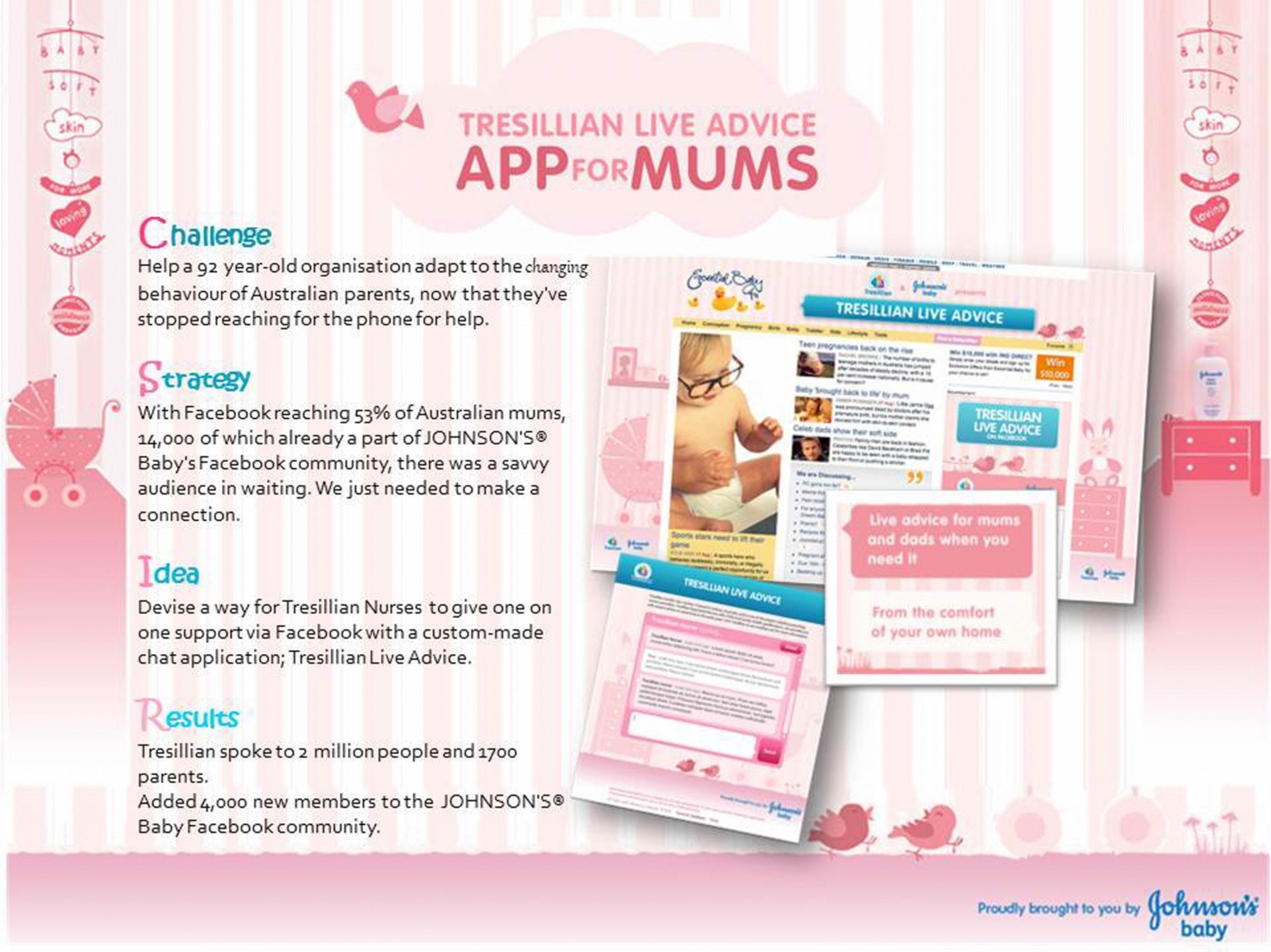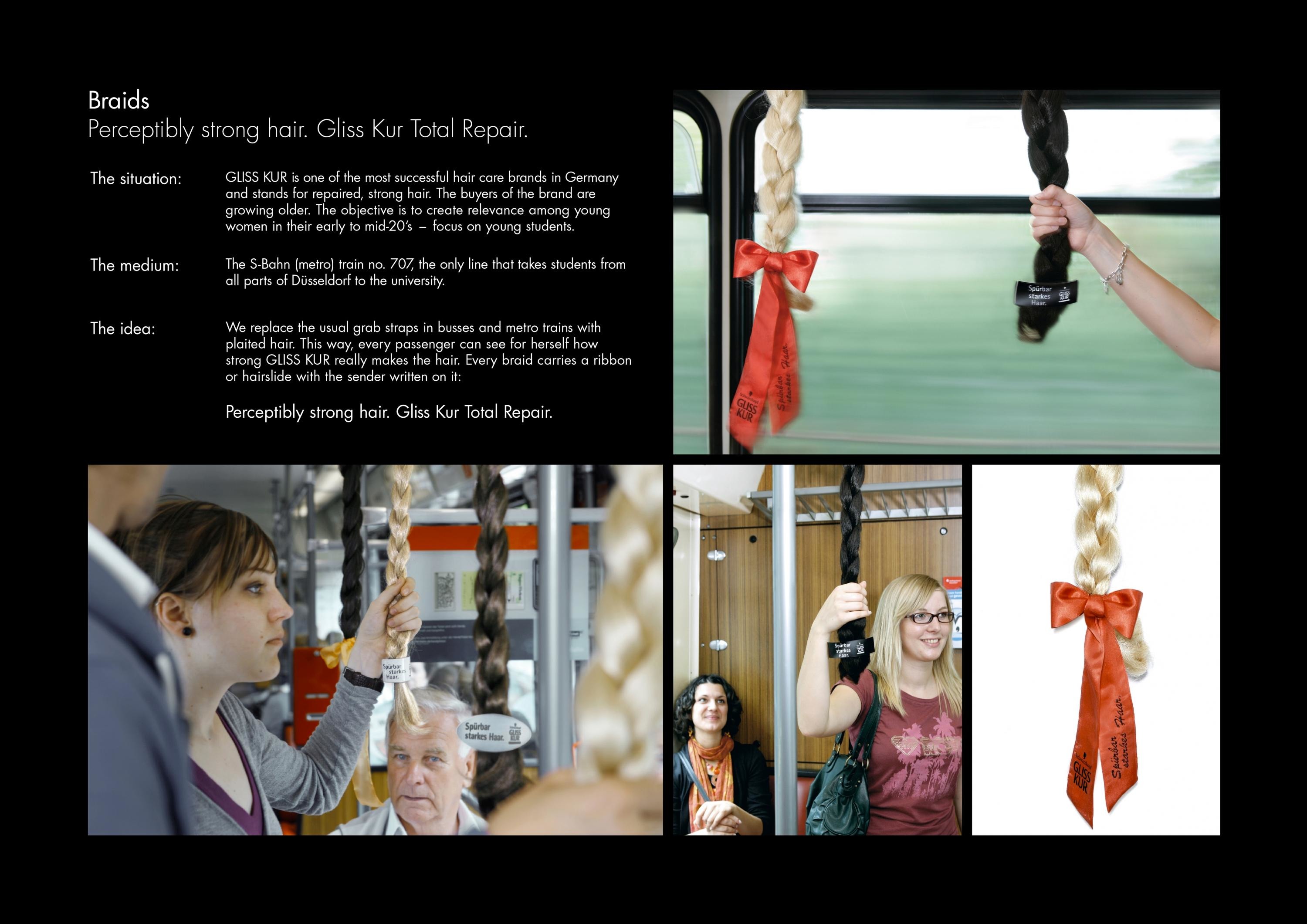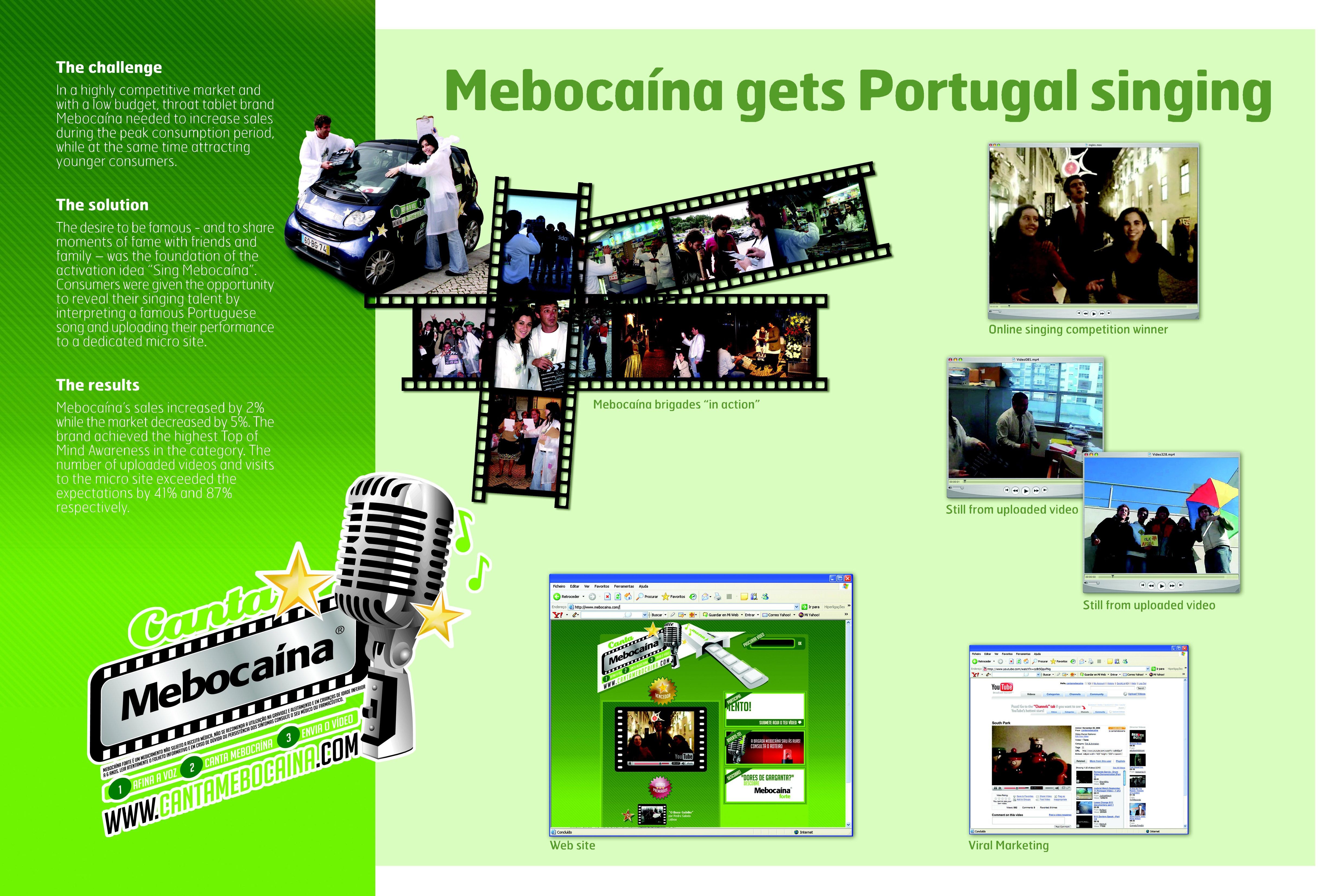Cannes Lions
Winning the Switch Window
STARCOM, Chicago / NOVARTIS / 2022

Overview
Entries
Credits
Overview
Background
Novartis was launching a new product, Kesimpta, in a crowded category of 22 existing treatments including key competitor Ocrevus. Ocrevus was the market leader by far and outspent Kesimpta by 5:1 in media. On top of that, there are roughly just 9K patients in any given month potentially ready to switch treatments, significantly smaller than the total MS patient population of 400K being actively treated with medications and total diagnosed MS population of 1M+. Adding to the complexity, this launch was during COVID delaying healthcare provider visits and eliminating the use of well-established, successful tactics to educate prescribers about the new treatment.
Our challenge was getting MS patients, overwhelmed by the disease and complexity of treatment decisions, to switch to a new treatment, Kesimpta. Launching in a fiercely competitive category during a pandemic, we needed to get patients speaking to their doctors about Kesimpta, and generate cost-efficient new patient scripts.
Idea
We identified 4 data signals with the highest likelihood of identifying the switch-ready MS patient:
1. Medical Claims (recent MRI…)
2. Media Affinities (Social…)
3. Content Preferences (Symptom articles…)
4. Lifestyle (Meditation…)
We knew that switch-ready signals often overlap with the stable patient population. For example, while some MRIs indicate a switch, others are routine monitoring only. Therefore, we analyzed large swathes of data to remove the “stable” patients, minimizing waste and focusing our efforts.
We next analyzed the patient treatment journey. By identifying the most crucial switching moments and overlaying channel affinities, we narrowed in on the touchpoints with the greatest opportunity. Next, we worked with data partners to create custom patient models, and built a plan to surround switch-ready patients and moments. Finally, we had creative partners develop empathetic communication speaking to patient segments, mindset and place in their treatment journey that we distributed programmatically to encourage action.
Strategy
Our analysis showed the core identifier of the MS patient nearing a switch opportunity was that she was stressed by the daily burden of living with MS and that manifested in two ways:
1. Clinically: Tended to live with chronic comorbidities, especially depression/anxiety and pain, had been on an injectable treatment for more than 6 months, and had a recent MRI
2. Affinities: Displayed affinity for interests that help alleviate stress such as Pets, Yoga, and that slowdown MS-related decline such as doing puzzles (cognitive decline), healthy recipes and weight loss (mobility decline).
Our strategy was to use this data to identify switch-ready patients. We also needed to recognize the heartache and frustrations associated with MS given the frequent relapses. Our strategy was to take an empathetic approach, recognizing their struggles and developing specific messaging for potential switch-ready patients, speaking to their truth and inspiring change.
Execution
We identified 4 data signals with a high likelihood of identifying the switch-ready MS patient:
1. Medical Claims (recent MRI…)
2. Media Affinities (Social…)
3. Content Preferences (Symptom articles…)
4. Lifestyle (Meditation…)
We knew that switch-ready signals often overlap with the stable patient population. For example, while some MRIs indicate a switch, others are routine monitoring only. Therefore, we analyzed large swathes of data to remove the “stable” patients, minimizing waste and focusing our efforts.
We next analyzed the patient treatment journey. By identifying the most crucial switching moments and overlaying channel affinities, we narrowed in on the touchpoints with the greatest opportunity. Next, we worked with data partners to create custom patient models and built a plan to surround switch-ready patients and moments. Finally, we had creative partners develop empathetic communication speaking to patient segments, mindset, and place in their treatment journey that we distributed programmatically to encourage action.
Outcome
Through our unique approach to data-driven Pharma targeting, we educated switch-ready patients about Kesimpta, empowering them to seek out a different approach to relapsing MS treatment. And we drove strong results, helping Kesimpta win the switch window.
Empathetic targeting of switch-ready patients generated an 11 percentage point jump in patient intent (11% to 22%) to discuss Kesimpta with their health care provider, important given patient request substantially affects physician prescribing decisions.
And, the switch window approach was extremely cost-efficient. Compared to other approaches, it was 14x more effective in generating prescriptions and cost-per-script was -58% lower than the next best approach.
Given the switch audience size, there is a limit to the budget that can be allocated (switch window approach was $2 million of the total). However, given its success, we are expanding the modeling of switch-ready targets across media channels, adding Dynamic Creative Optimization and more data partners.
Similar Campaigns
12 items









